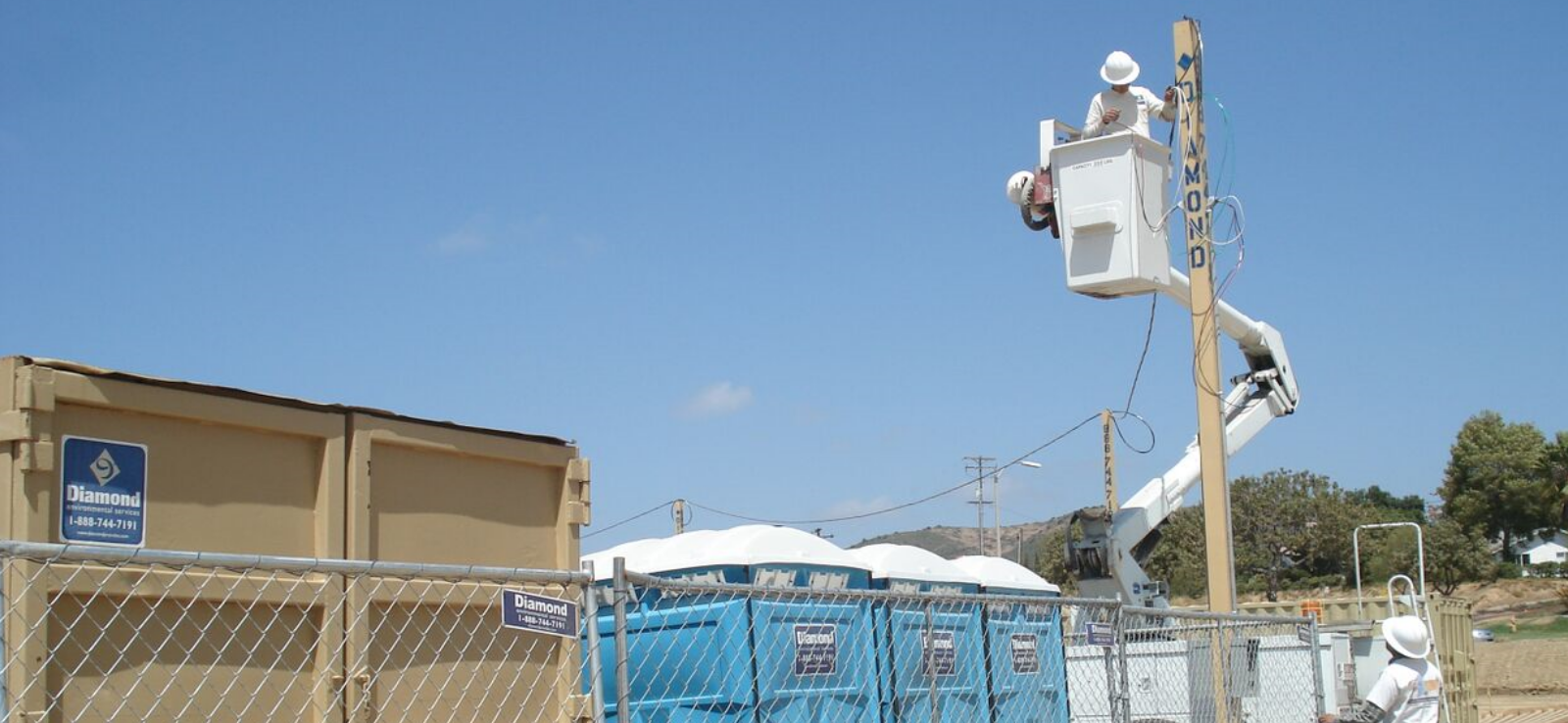
Temporary Power Stations. In order for work at construction worksites to commence, its design has to be approved by the state departments. It also has to obtain certain permissions from certain related and concerned departments for work to start off at the worksite. But after the initial legwork, all work that needs to be done directly or indirectly needs to have an electrical inlet. Setting up permanent lines and obtaining connections from the concerned state electricity department is a hassle which most construction companies cannot take up at this point of time. Hence they resort to take help from rental agencies who are well-versed with laying down temporary power lines and grids.
The whole process of temporary power stations:
This makes it an attractive proposition for them as they save money and valuable manpower who can be gainfully employed elsewhere. In fact the construction rental agencies also rent out generators and cable ramps as and when required.
Generators are considered to be a secondary source of power which can take over for a short time when and if the temporary power installation fails. The specifications of generator rentals include:
Cable ramps that are available are meant for both indoors as well as outdoors and come along with a cable protector and a hinge situated at the top to facilitate ease of access. These ramps enable light vehicles to travel over the cables without damaging them and also reduces chances of tripping and falling of people and overturning of vehicles. These ramps are generally given out on rent along with the installed temporary power grids since thick cable tend to run across the ground at places where it is not possible to keep them in a hanging position. The cable ramps thus help as a cable concealer and also provides safe access across it.
One of the most important points top consider when opting for a temporary power station is that it is as hazardous as a permanent station. Hence the designing and installation should only be done by experienced and knowledgeable technicians and electrical workers. The installation also has to comply with the codes set by the government not only to ensure its legality but also because any code complaint installation is always considered to be a safe installation. This ensures that the worksite is safe for all people working there and also for anyone who comes for a visit to the worksite.
Some things which define the basics of the installation include:
Thus there has to be an absolute sync between the electrical contractors and the clients requiring temporary power so as to do away with any discrepancies which might crop up and make the whole construction cycle a hassle free experience.